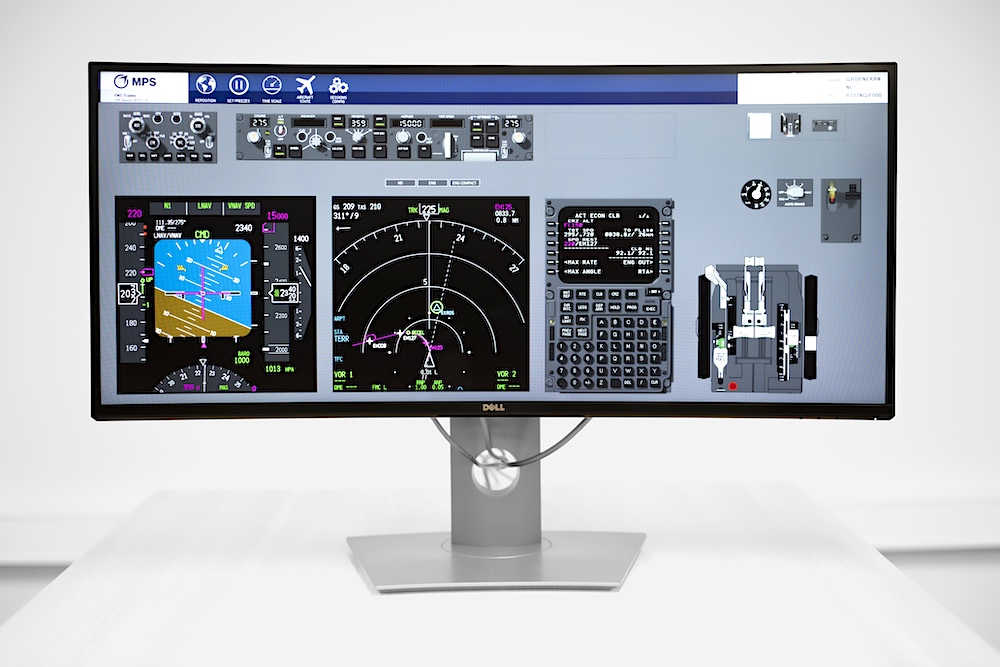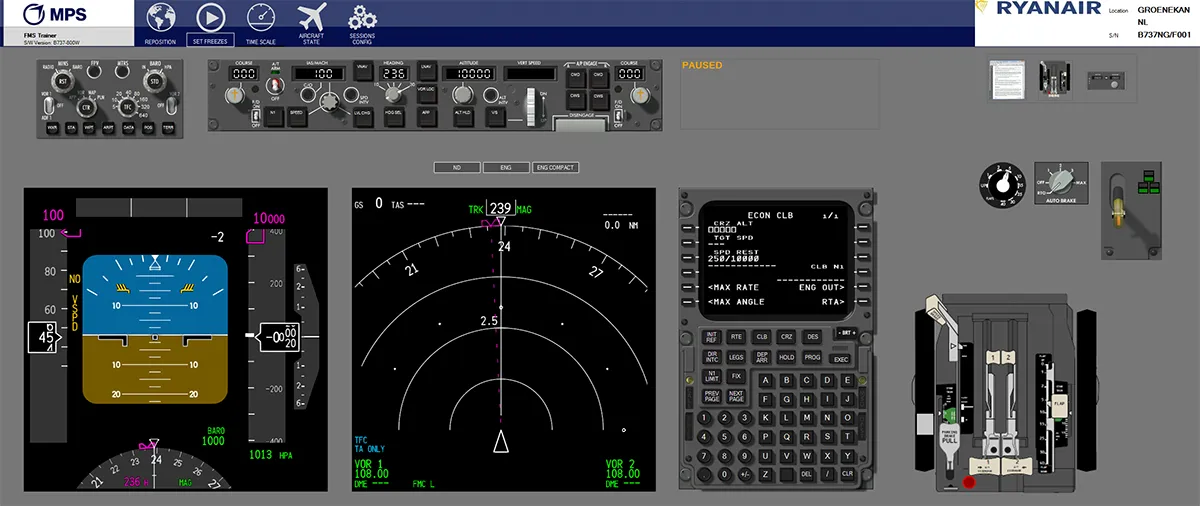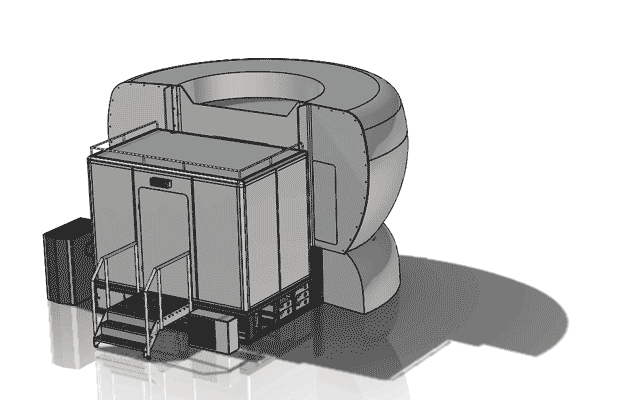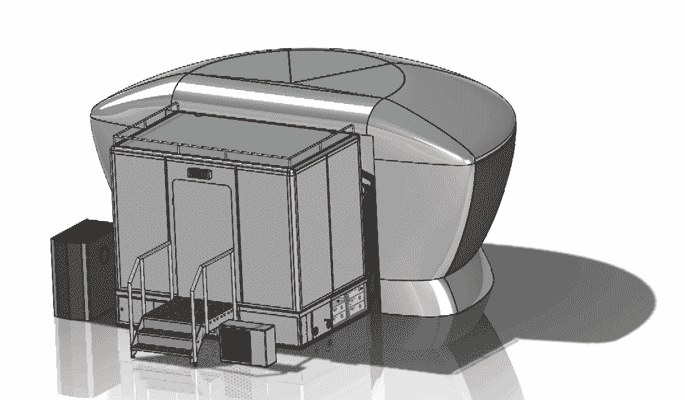Updated Article: August 31, 2023
Can you imagine starting your first day at Google or Microsoft as a programmer and being sat in front of something like this?
Of course not! As a new employee, you would be met with the latest technology available to make sure you can be as effective as possible at the job you’ve just been hired for. However, in aviation this has not been standard. In summer of 2023, nearly 4 years after I first wrote this article, the professional flight training industry is still working towards updated pilot training practices. The EASA Rulemaking Task 0599 which I chair recently published the Aviation Blended Learning Environment (ABLE) Concept paper which addresses this great need.
In this updated blog post I will offer some insight into blended learning and why it should be integrated into our industry. I will also re-introduce training tools available from MPS such as our flight management system (FMS) trainers that can address this need immediately.
Current Professional Pilot Training is Outdated (Even in 2023)
Those who have heard me speak before are aware that I strongly advocate for the need of better training in aviation, especially such pilot training that optimizes the opportunity for learning to take place. After all, should learning not be the intent rather than reaching a certain number of hours in ground school, simulators or the airplane to meet an unfounded expectation of quality? I am a firm believer that just because there’s a way something has been done in the past, it does not necessarily correspond to the needs of the future.
The way we train pilots is based on teaching and learning methodologies from the 1960’s that have not evolved. We traditionally start with a couple of days, or sometimes even weeks, of ground school training followed by fixed based simulator training sessions. Then, final training takes place in a full flight simulator (FFS), with airplane training needed in some regions to fulfill the takeoff and landing requirements.
Ms. Anneke Nabben from the Dutch Aerospace Laboratory (NLR) along with colleagues has identified that, “The traditional training syllabus is very prescriptive and leaves little room for tailoring or scope for optional training content and media.”
The path to professional pilot training is basically an extended path of those who fly for fun, under the impression that “more is better”. However, true as this may be in certain situations, it has become clear that more time in a single engine propeller airplane to reach a certain number of hours does not relate to achieving any competencies other than the competency to spend money. In addition, there is significant risk that students teach themselves incorrect habits in these hours, which need to be addressed through re-training, making this entire process less than effective at best.
As a wave of new generation students enter the aviation industry, we must realize that learning styles have vastly changed over the last 50 to 60 years. It is unnatural for new generations to take an uncomprehensive approach to flying when they have been exposed to immense technological access their whole lives. We must align and tailor training to new generational expectations.
Pilot Training Must Adapt to the New Generation
With this in mind, efforts are currently focusing on blended learning. Blended learning aligns with the way a task is completed through subtasks and part tasks. As I mentioned in the introduction, the EASA Rulemaking Task 0599 which I chair recently published the Aviation Blended Learning Environment (ABLE) Concept paper. It was produced by a combination of learning and aviation experts with Nabben as the author and lead contributor. The research paper forms the basis for a learning revolution in commercial aviation training. An early version was published by EASA but the most recent version is not yet publicly available. If you are interested in reading the updated document, please contact me directly. I will give you a quick overview here:
A Quick Overview of the Aviation Blended Learning Environment (ABLE) Concept Paper
The ABLE Concept paper has been the basis of discussions on crediting learning on aviation and other learning tools towards achieving the required competencies. Even though it was originally based on competency based training, it also creates an opportunity to address compliance training targets towards type rating and operational (recurrent) training. To ensure continuous innovation, the paper does not restrict to currently approved training devices only, but allows for use of yet to be developed training tools. As the executive summary outlines:
“By using the defined process described and proposed … hardware, software and new technology solutions (including but not limited to Virtual Reality, Augmented Reality, distance and cloud based learning, etc.) can be selected for specific training tasks. The basis of the proposed training solution(s) focuses on the desired outcome of training rather than only on the availability of devices currently used. This in turn allows flexibility, proper connection between training need and outcome, and cost effectiveness, while restricting the need for use of high-level devices such as the FFS solely to the specific capabilities they offer, which is when fidelity requirements exceed lower level device capability.” (ABLE).
This effort is further supported by the Training Task Force of EASA Rulemaking Task 0196. In parallel with the ABLE Concept paper, this Training Task Force (TTF) will “develop guidance on the capability of each FSTD to define the use of the appropriate FSTDs in training in support of the changes to the latest amendment of regulation.”
As I am part of these groups, at MPS we have the opportunity to lead the industry in incorporating these innovative, smarter training solutions into our product line. Based on the existing technology of MPS devices, we have developed part task trainers that support professional pilot training in a coordinated and fully integrated way.
MPS Flight Management System (FMS) Trainers
At the 2019 EATS conference, we officially unveiled the newest additions to our training tools: an FMS trainer for iPad applications and a fully integrated desktop solution that goes beyond this. The desktop trainer can even include flight models so students can not only familiarize themselves with data entry but can truly use a blend of tools to gain competency and credit while not having to duplicate efforts. Since that conference, several customers have implemented our MPS FMS trainers into their curriculum.
Students can train how to program the FMS using the CDU on an iPad or tablet. This can either be done with CDU simulation software only or in combination with the actual flight model. The iPad software can be loaded through the App Store.
The MPS desktop and tablet flight management trainers are available for the following aircraft types:
- B737 NG
- B737 MAX
- A320
MPS is Here to Help!
If you are interested in this blended learning philosophy and the training tools we are developing, I look forward to identifying how MPS can support you with our smart solutions. Please feel free to contact me directly on LinkedIn or shoot us a message via our contact page. We are here to serve you!





